

Towels Are the Talk of the Town
|
Located in Ehime prefecture and facing the Seto Inland Sea, Imabari city is famous for producing quality towels, and is Japan’s leading producer of towels, accounting for over 50% of domestically produced towels distributed in Japan. With almost 200 factories that twist yarn, dye yarn, weave towels and so on, the resulting towels produced are well-known for being extremely absorbent, durable, and soft, as well as having fade-free colours.
In the past, Imabari was famous for cotton textile production, before turning its focus to towel production in 1894. The low rainfall and warm climate create an ideal environment for cotton production. The towel production process differs as well, by utilising a unique technique known as “saki-zarashi saki-zome”, in which the yarn is refined, bleached, and dyed before weaving. This requires an abundant amount of water. The underground water flowing from the nearby Soja River is soft water with few impurities, which means that the water is gentle on the yarn and allows the towel to have a fine, soft texture. The goods could also be easily transported via sea to Osaka, a commercial centre. Production of towels in Imabari peaked in 1991, but soon fell following an increase in imports of cheaper foreign-made towels. In 2006, “The Imabari Towel Recovery Project” was launched, with the aim of revitalising the industry and further improving the quality. This project eventually set high quality standards, including the five-second rule, which checks whether a 1cm square cut piece of towel will sink within five seconds after it is placed in water. The rebranding and stringent quality checks of Imabari towels certainly proved to be a successful turning point, creating a strong regional brand made up of around 100 manufacturers. The project has also initiated a “Towel Sommelier” system, and those who pass are certified to give advice about the most suitable towels for customers. Meanwhile, a local towel manufacturer has launched a maintenance system for fabric items, including restoring towels that are no longer absorbent, or have bad stains or smells, and thus contributing to sustainability. One may also visit the Towel Museum to learn in detail about the history of towels and each step of the production process, from dyeing to weaving. There are even other exhibition displays, such as a Moomin towel measuring 40 metres long, artworks made with towels, a wall of 1,800 colourful yarn spools, and colourful quilts made by Kathy Nakajima, a Hawaiian quilt artist. It can be said that the daily household item, Imabari towel, is now a household name in Japan. Some manufacturers also export their towels to countries in North America, Europe, and Asia. You can even find them in Singapore, so you may consider trying out the great quality of Imabari towels for yourself. |
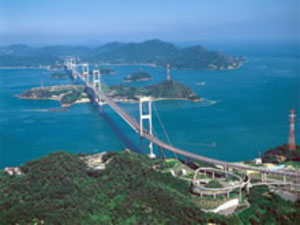 Imabari City © Web Japan 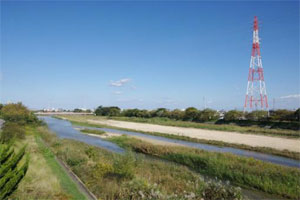 Soja River © photoAC 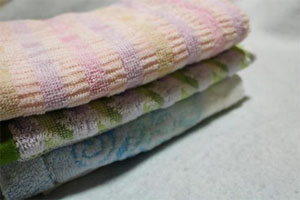 © photoAC 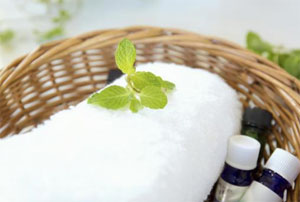 © photoAC 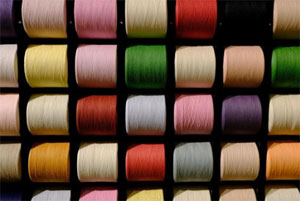 © photoAC |
Resources
|
Sato, Kumiko. 2020. Towel: “Imabari: The Home of Towels”. Public Relations Office, Government of Japan. https://www.gov-online.go.jp/eng/publicity/book/hlj/html/202009/202009_06_en.html. “What is imabari towel?”. 2024. Imabari towel. Accessed 20 February. https://www.imabaritowel.jp/en. “Imabari Towel – Infinite possibilities engendered by two warps and one woof – “. 2016. IHCSA Café. http://ihcsacafe-en.ihcsa.or.jp/news/imabari/. “Take a Fun Tour of Japan’s Unique Towel Museum: Explore Quality Towels Produced in Imabari City”. 2022. Japan National Tourism Organization. https://www.japan.travel/en/sg/story/japan-towel-imabari-museum/. Matsukura, Nobuto. 2022. “Japan ‘towel doctor’ aims to operate on beloved items to get them fluffy again”. Mainichi Japan. https://mainichi.jp/english/articles/20220427/p2a/00m/0bu/021000c. |
|
Japan Creative Centre 4 Nassim Road, Singapore 258372 +65 6737 0434 / jcc@sn.mofa.go.jp https://www.sg.emb-japan.go.jp/JCC/ Nearest parking at Orchard Hotel & Delphi Orchard |
 |